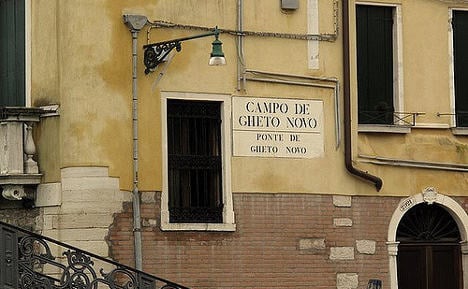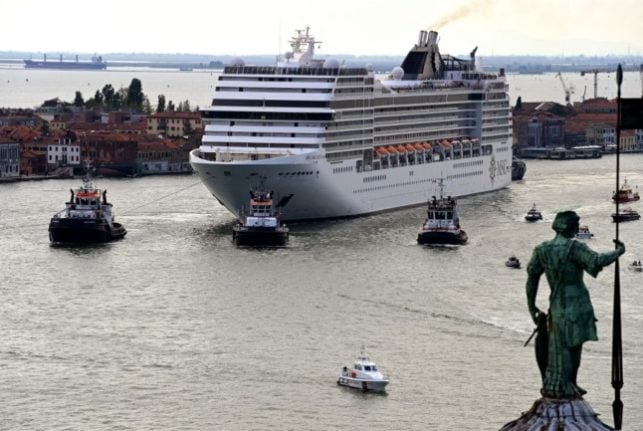The play, in which the best known character, Shylock, is a Venetian Jewish moneylender, is to be put on by the Compagnia de' Colombari and Ca' Foscari University.
It will be performed in the “New Ghetto” neighbourhood of the floating city in the last week of July as one of the highlights of anniversary events which kick off on March 29th, exactly 500 years after the world's first ghetto was proclaimed.
Given what the ghetto represented, the events marking the anniversary will have a bittersweet element, said Renzo Gattegna, President of the Union of Italian Jewish Communities.
“As Jews, we do not have any nostalgia for the ghetto which was a symbol of the contempt and arrogance with which we were treated at the time,” he said.
The anniversary year will begin with a concert at the city's celebrated Fenice Opera on the anniversary and is also to be marked by a major exhibition “Venice, the Jews and Europe 1516-2016” which will run from June to November at the Doge's Palace.
The ghetto was created by a decree issued by the Venetian Republic's Senate ordering the city's Jews, then numbering around 700, to live within a designated area of the city which they were only allowed to leave in daylight hours.
“We are not going to be celebrating this anniversary in any sense of the word,” said Maria Cristina Gribaudi, head of the Venice museums foundation.
“It is more about sending a message of peace so that a new generation becomes aware of this history.
The ghetto model was copied elsewhere in Europe and the word itself, derived from the Venetian dialect, went on to be adopted in many languages as a synonym for discriminatory segregation on racial lines.
Originally made up of Jews of mainly German and Italian origin, the Venetian community grew to number more than 4,000 and became more diverse over the years thanks to the city's important role as a centre for trade.
The current community of around 500 people can also trace its roots back to Jewish communities in Spain and Portugal and the Middle East.
The segregation of Jews in Venice was abolished at the end of the 18th Century after the collapse of the Venetian Republic following its military defeat by Napoleon.



 Please whitelist us to continue reading.
Please whitelist us to continue reading.
Member comments